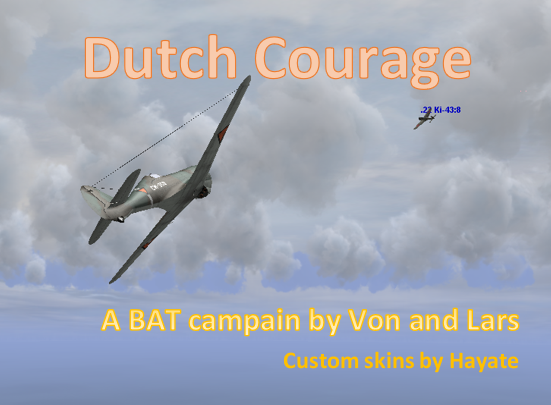
Download here:
https://www.mission4today.com/index.php?name=Downloads3&file=details&id=3136Background: The Airmen of the Netherlands in WW2In 1939 the government of The Netherlands, known to some as Holland although that was only part of the territory, decided that they would remain neutral in any future European or Asian conflicts. This situation had proved itself in the First World War where the neutrality was respected. This would have dire consequences for their combat forces, small as they were compared to their neighbours. It was hoped countries opposed to any attacker would come to the aid of the Dutch.
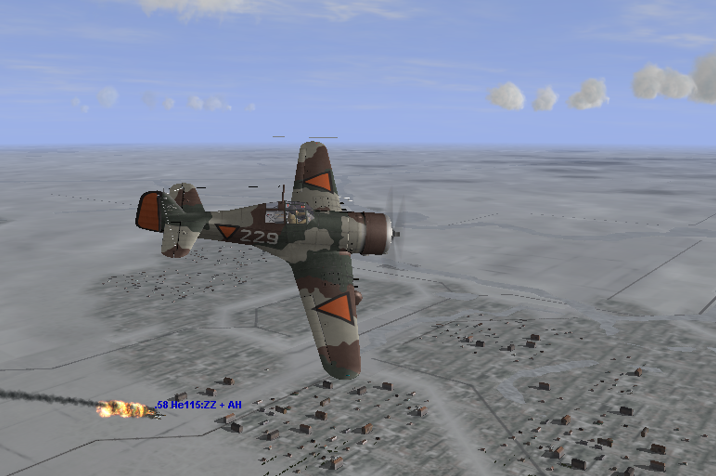
The air force, Militaire Luchtvaart, in the homeland was given the role of defending the country against intruders, whether accidental or intentional. During the Phoney War between September 1939 and May 1940 several incidents occurred where French, Belgian, English and German aircraft were escorted over the borders. In some cases aircraft were shot down no matter which nationality.
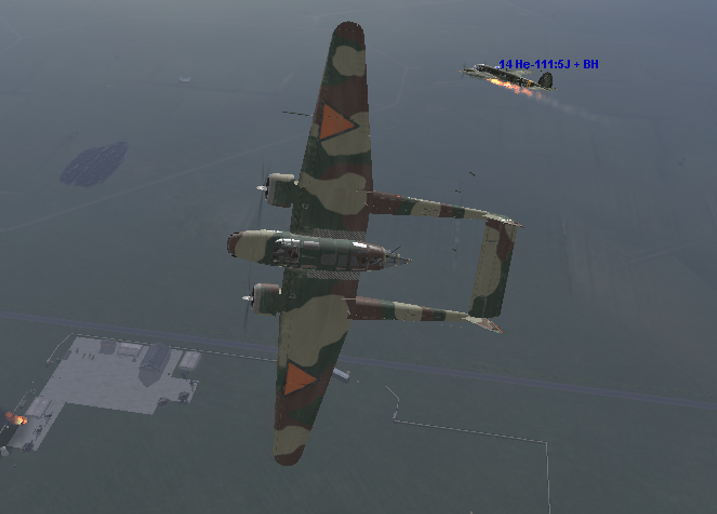
When the Germans invaded on 10th May 1940 and ignored the neutrality rules the Netherlands government was surprised and overwhelmed, despite warnings from their Attache in Berlin. They relied at first on Allied help, who were themselves busy fighting off the enemy and trying to organise a defence. Having learned of the German bomber raids on Guernica and Warsaw, they had no wish for their people to suffer such destruction. The raid on Rotterdam was the final straw and the government decided to surrender after just four days.
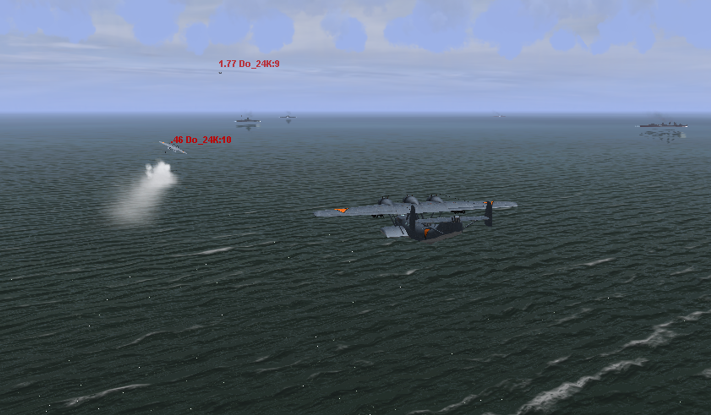
Despite this the Dutch armed forces fought back valiantly although being outnumbered and with mostly outdated material. Half of the German losses were due to the anti-aircraft system which was better organised than either the French or Belgians. The attack warnings were still via telephone reports from observer units, with a few radios involved. Most aircraft did not have radios but more modern equipment was being built but did not have time to be tested.

Their leaders may have given in but the fighting soldiers wanted to continue the fight. After the surrender on 14th May the government ordered their soldiers to travel to the Netherlands East Indies to defend the colonies. Few wanted to go as they preferred to carry on the fight from England in the hope of liberating their homeland from close by.
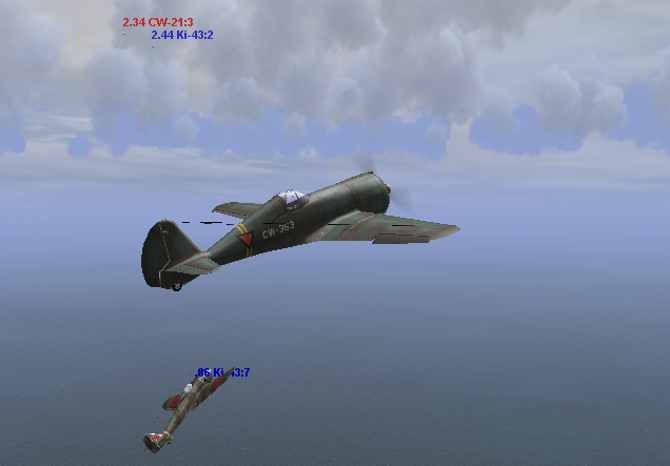
In October 1940 two whole Dutch naval air squadrons flew to England. As they had brought their ground crews with them, they were immediately incorporated into RAF Coastal Command as 320 and 321 Squadrons, using their Fokker T VIIIW float-planes. They were the only Allied air units to form so quickly within the RAF Command.

Gradually, many Dutch airmen made their way to England over the following months. After a few weeks training in the RAF systems and language, they were dispersed among several RAF squadrons depending on their proficiency in the English language. For this campaign I chose 145 Squadron as representative of this situation.
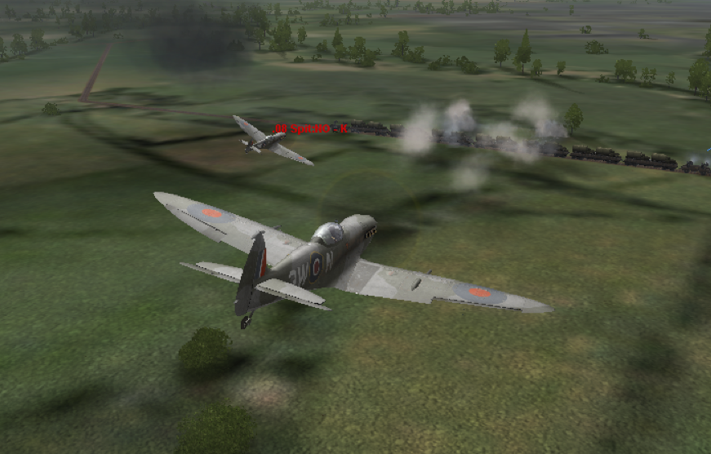
After a few weeks some left for the Netherlands East Indies as requested by their government while others remained in the RAF taking the air war across the Channel. The new NEI arrivals found the contrast of European and Pacific climates difficult to adjust to at the start but at least had a few months to acclimatise and learn their new aircraft before the Japanese attack. The service was called the Wapen der Militaire Luchvaart of the Koninklijke Nederlands-Indische Leger, ML-KNIL for short. In English it was The Army Aviation Corps of the Royal Netherlands East Indies Army. In this simulator the Air Force is listed as NL.

There were only around 80 Dutch fighters to defend the widespread islands so they were initially spread thin with flights sent to outlying airfields in the Celebes, Ambon, Borneo and Sumatra as well as the main bases in Java. Shortly after the Japanese attack the units were concentrated more on key areas and began escort duties on top of the local defence. The Dutch fighter pilots were among the most proficient in the area, with their European experience. American pilots had more hours but no combat experience. The Allies in the RAF, RAAF, and RNZAF had a few battle hardened fliers but most airmen were straight from training school. They were up against some of the most battle proven airmen in the world flying some of the most capable fighters.
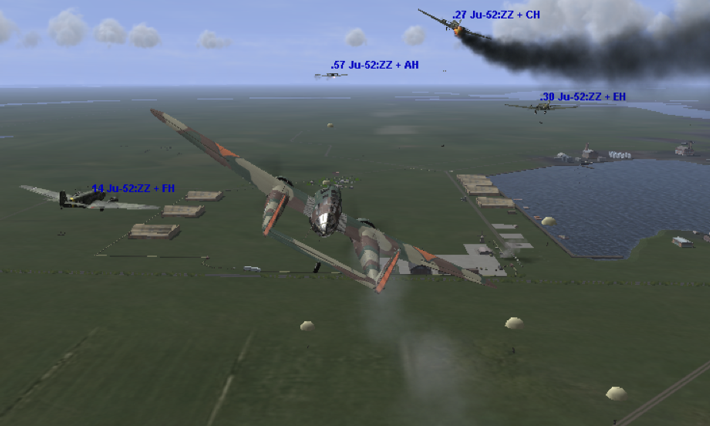
With the Japanese striking from many different approaches at once, and choosing where to concentrate, the Allied defences were stretched to cover all eventualities. From December 1941 to April 1942 they were pushed back until the Dutch fought the last battles in western Java. Unfortunately, the Il2 maps do not cover that area so we had to compromise in the areas of action which we hope you will enjoy anyway.
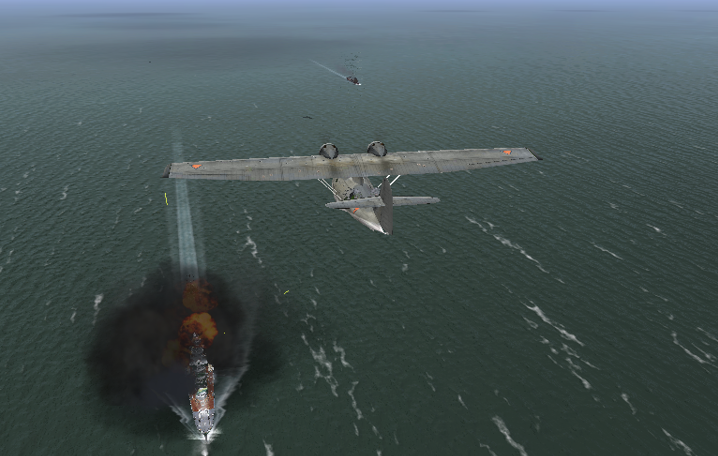
After the surrender many Dutch airmen managed to escape and join the RAAF in New Guinea operations. They formed their own squadrons with P40 Kittyhawks and B25 Mitchells and these were mostly engaged in second line operations suppressing the surrounded Japanese ground units scattered in the area.
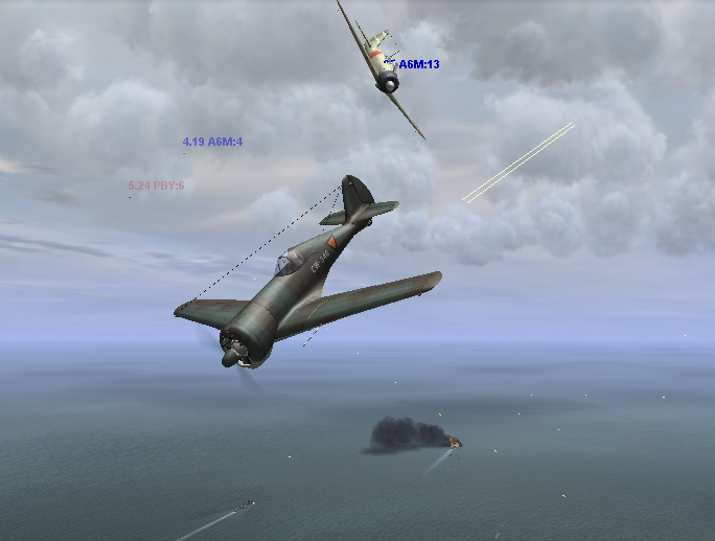
Many other Dutch airmen returned to Europe and rejoined the RAF, by now flying in their own squadrons. We have chosen 322 Squadron as representative until the end of the war. They flew Spitfire Mark Vb and IX but were not involved in heavy fighting with these. Indeed, they lost many Mark IXs to accidents. However, when the Mark XIV arrived they made a significant contribution to the defence against the V1 doodlebug campaign, downing 119. After that the squadron turned to ground attack and bomber escort missions, flying the Spitfire IX and XVIe where they ended the war flying over their home territory, back to where they started from.
The fighters you will be flying are Fokker DXXI and G1, Spitfire 2a, B339 Buffalo, Hawk75A7, CW21B, Hurricane 2b, SpitfireIX, XIVc, XIVe and XVIe.
 Installation
InstallationThis campaign was written and tested using the SAS BAT Mod Pack, available here:
https://www.sas1946.com/main/index.php?board=264.0It may work on other modded systems but the campaign uses Command and Control objects and Triggers, so many mission features would be lost or unworkable.
Extract the zip file to a temporary directory.
• Copy the decompressed Missions folder and the decompressed PaintSchemes folder to your IL-2 1946 root folder. The Missions and Paintschemes folders are structured to place the campaign into the DU folder and the skins into their correct aircraft folders.
• In the New Pilot Career page, choose NL in the Air Force selection drop-down. Choose Dutch Courage in the Career drop-down.
• We recommend turning off No Instant Success for this campaign.
• The campaign is designed to be compatible with any rank selection.
 Credits
CreditsHayate provided countless Dutch skin packs for this campaign, including but not limited to Brewster Buffalo, CW-22, CW-21, DC-3, Fokker DXXI, Fokker G1, Curtis Hawk 75, Hurricane, Koolhovens, Lockheed Super-Electra, and a variety of Spitfires. These skins are all included in the download.
Additional skins were done by Archie, Txoactl, and Knochenlutscher. Many thanks to them as well.
Many thanks to the BAT team for developing, maintaining, and improving the BAT Modpack.
 Author
Topic: Dutch Courage: a Dutch fighter campaign for BAT (Read 4491 times)
Author
Topic: Dutch Courage: a Dutch fighter campaign for BAT (Read 4491 times)


